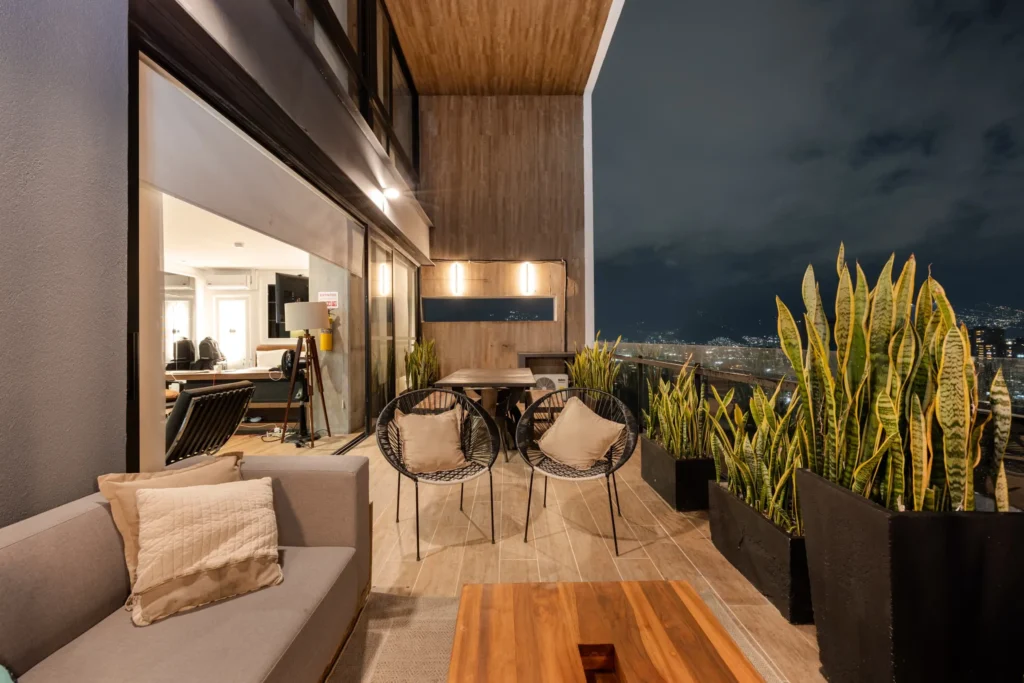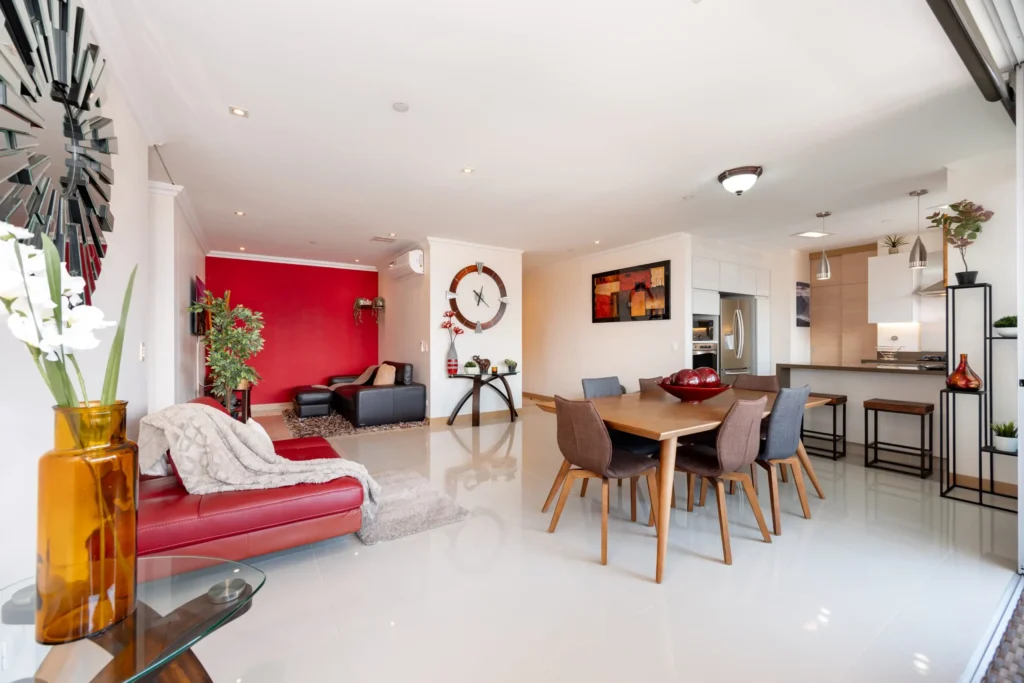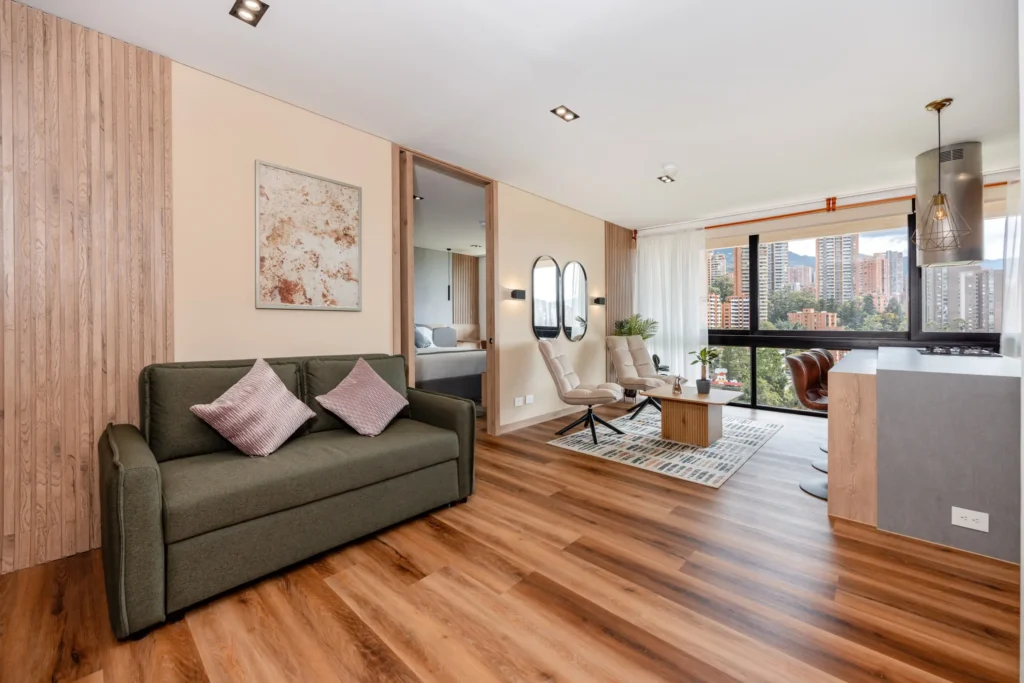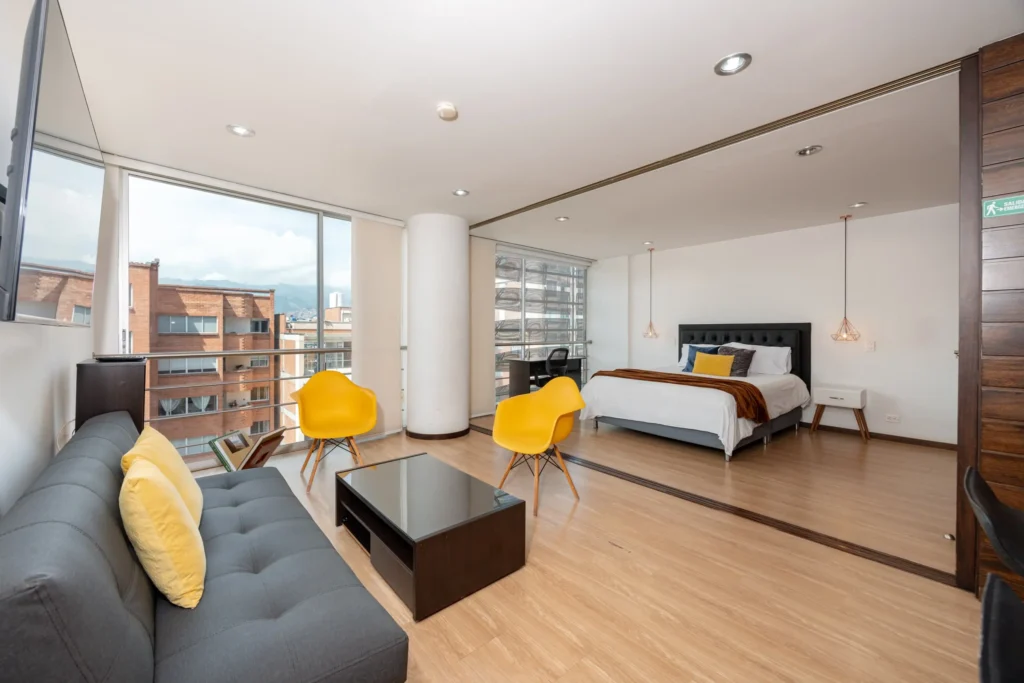Medellin has a storied history as one of the main cultural centers of Colombia. It’s been the hub for many of the country’s great artists for decades on end.
When you’re in the city, you can sense the palpable appreciation that the institutions and citizens of the country feel regarding this.
There’s a creative spirit that inflects everything from the buildings to the mood in the streets.
One place that epitomizes this cherished artistic culture is the Palacio de Bellas Artes in the Boston district of downtown.
It’s a stately old building that’s close to many other attractions. So, if you’re interested in stopping by, here’s a quick guide about the ins and outs.
Getting To Palacio de Bellas Artes
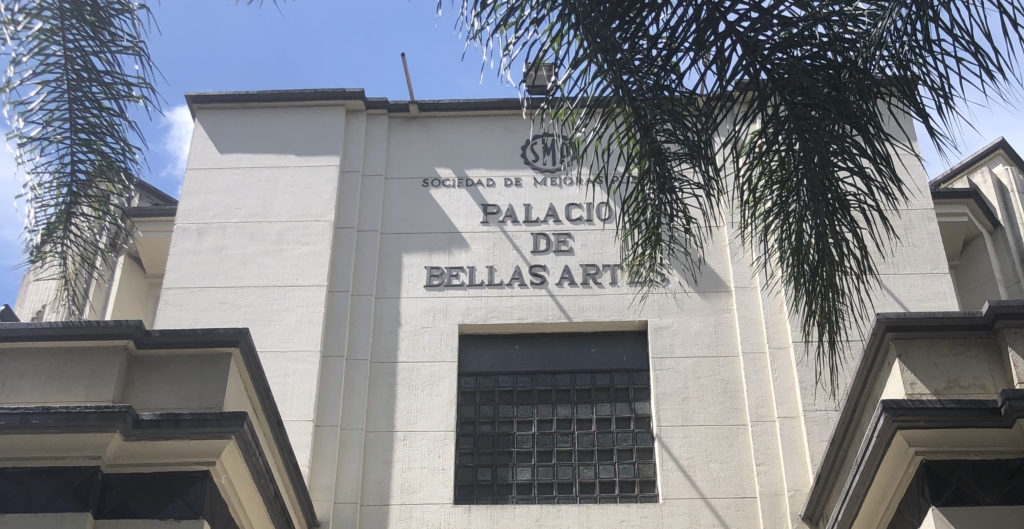
The Palacio is about as central as it gets in Medellin and is only a quick walk from what could be called the heart of the city. Plaza Botero and its accompanying institutions aren’t too far away.
Given that downtown Medellin can be a bit congested in terms of traffic and the like, you might be better off taking the metro at the end of the day. If that’s what you decide to do, the closest stop available would be getting off at the San Antonio stop off the orange line or taking the extension on the T-A to the Pabelion del Agua stop.
Walking around the central Medellin area can be quite exciting if you’re up for an adventure. This is simply due to the dense amount of activity taking place there at any given time.
There’s a lot of action on any given block, as well as dozens of storefronts and restaurants to check out.
The Palace Itself
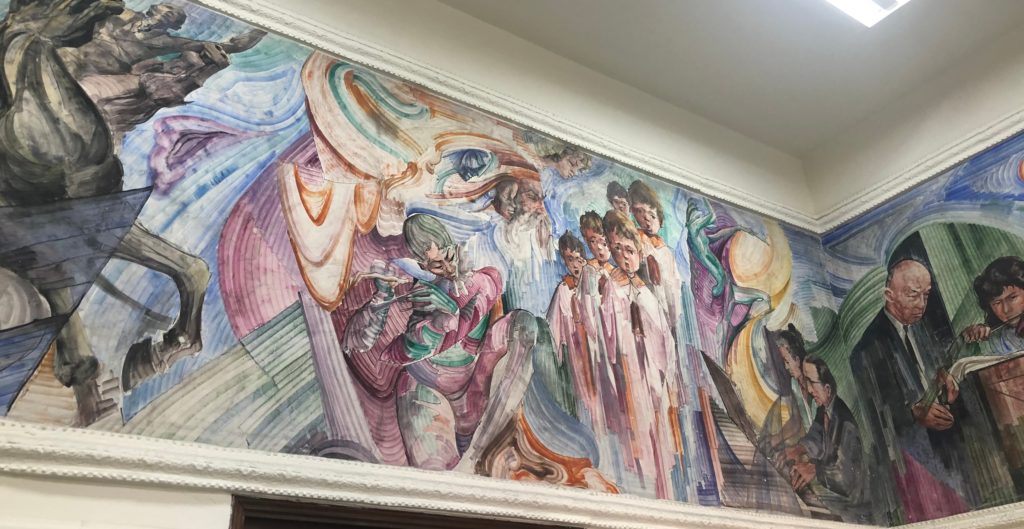
The palace is run by an organization called Sociedad de Mejoras Publicas de Medellin. This is an organization dedicated to educating and enriching the lives of the general public of Medellin.
When I went to peruse their website, I saw that they also ran the Parque Conservacion (the city zoo).
The palace is run by an organization called Fundacion Universitaria Bellas Artes (FUBA), which is an arts education complex. It’s also one of the main education centers of FUBA, which is one of the more prestigious art schools in the city.
I learned from their website that the city built the palace in 1925. The exterior contains features of art deco architecture. Once you’re inside, the interior is spacious, containing numerous murals from local artists.
The building is in the register of nationally historic places in Colombia, so it’s got that going for it as well! There are multiple rooms throughout the building that act as either individual or group practice spaces and classrooms.
There are also some common areas where you can whip out a laptop or a book and admire the nice surroundings while you get some work done.
Open To The Public
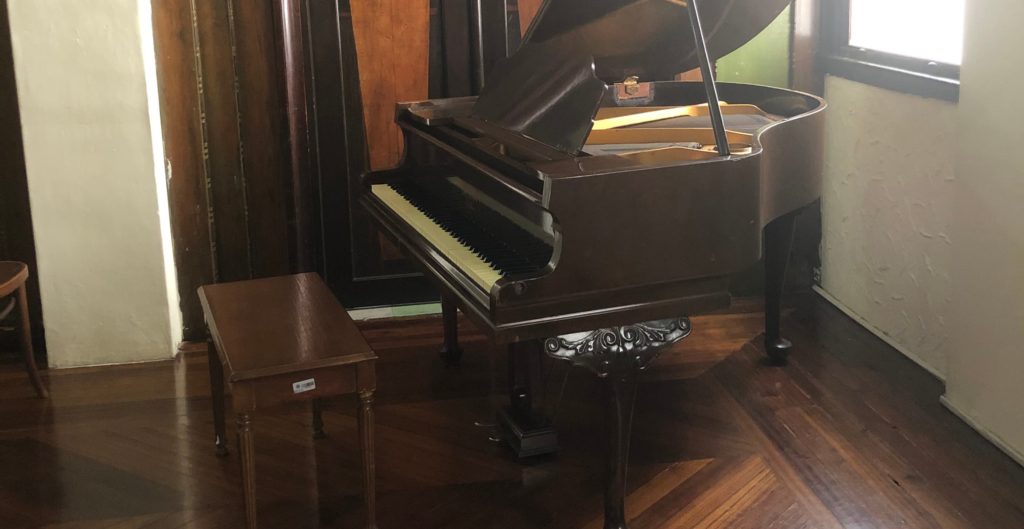
The palace is completely open to the public during its operating hours, you just need to sign in with the front desk upon arrival. From there, all of the common spaces and gallery exhibits are up for your perusal. That being said, most of the classroom areas are reserved for current students.
One particularly cool feature of the main common area is that there’s a beautiful old grand piano in the space. The best part about it is that’s completely available for anyone to just walk up to and play.
Someone took it upon themselves to waltz up the piano and started playing some very beautiful music that made the work I was doing fly by! This happened while I was posted up in one of the common areas working on some personal things.
Walking around the rest of the palace, the sound of other people practicing musical instruments was audible. I also walked by a painting class that was flush with fledgling painters working on their next masterpiece.
A Gallery of Medellin’s Creative History
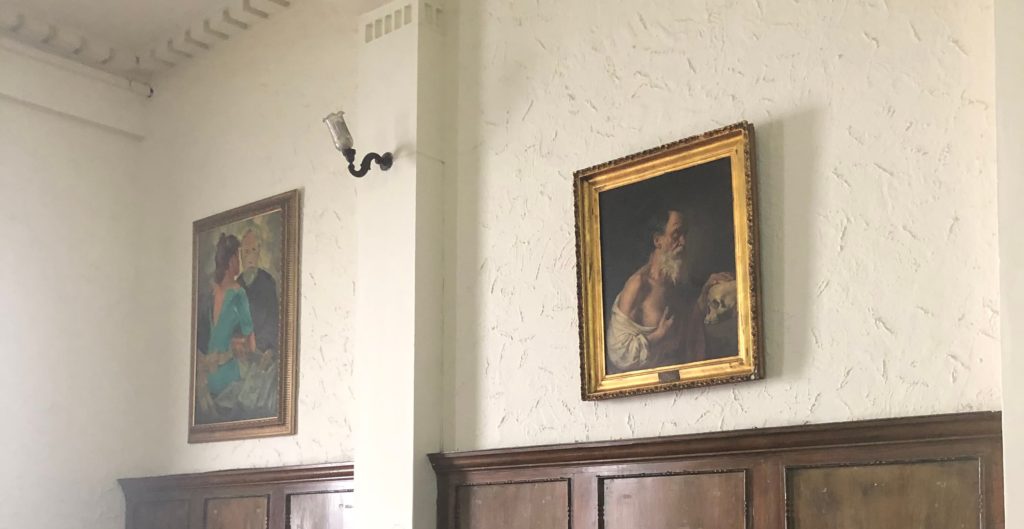
The Palace has long fostered an artistic tradition in Medellin. Many of Antioquia’s most prestigious creatives spent at least a little bit of time within its walls fostering their craft.
The walls of the common areas are bedecked with beautiful paintings by some of Colombia’s most distinguished artists. There is also a small library where you can read up on some of this history.
The palace is one of Medellin and Antioquia’s longest-serving cultural institutions. This places it in context with some of the major museums, such as the Museo de Antioquia.
You can feel that venerable history in the confines of the palace. As new students of the arts prepare their works under the weight of the masters of the past, there’s a sense that they’re part of a historic lineage.
Sala Beethoven

One of the coolest features of the palace is the generously sized concert hall in the building. This room is called the Sala Beethoven. Sala Beethoven is one of Medellin’s premiere classical music venues and is a particular pleasure to witness the music of the ages due to its handsome and classy interior design.
The concert hall is as old as the building itself and so features a lot of the same Art Deco architecture stylings that decorate everything else. If you’re into that period of architecture, it’s quite a cool example of the period.
You can check out the scheduling for Salla Beethoven’s concerts on the FUBA official website, which you can find linked over here.
Arts, Education, and Community in The City of Eternal Spring
Medellin has long been one of the major cultural meccas of Colombia, with a history that reaches deeply into the DNA of Latin American arts. Given the very positive forecast regarding the city’s future, it seems prudent to determine that this status is likely just to increase.
Places like the Palacio de Bellas Artes encapsulate this spirit of honoring the visionaries of the past. It does this while prepping the visionaries of the future to keep this creative spirit driving forward. And besides that, it’s just a really pleasant place to spend an afternoon in!
So I wouldn’t hesitate to fit it in between other things you might be doing in downtown Medellin or just heading there on its own trip.
If you like this blog, you might like the Casacol Instagram page to keep up with all the new articles. Anything we need to update or correct? Care to contribute? Email us at blog@casacol.co.

